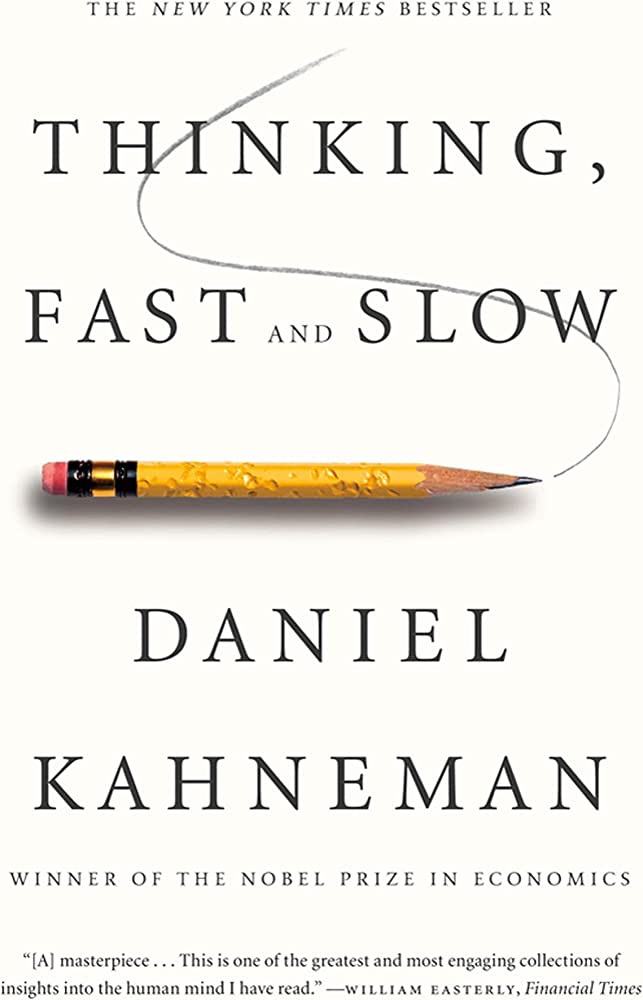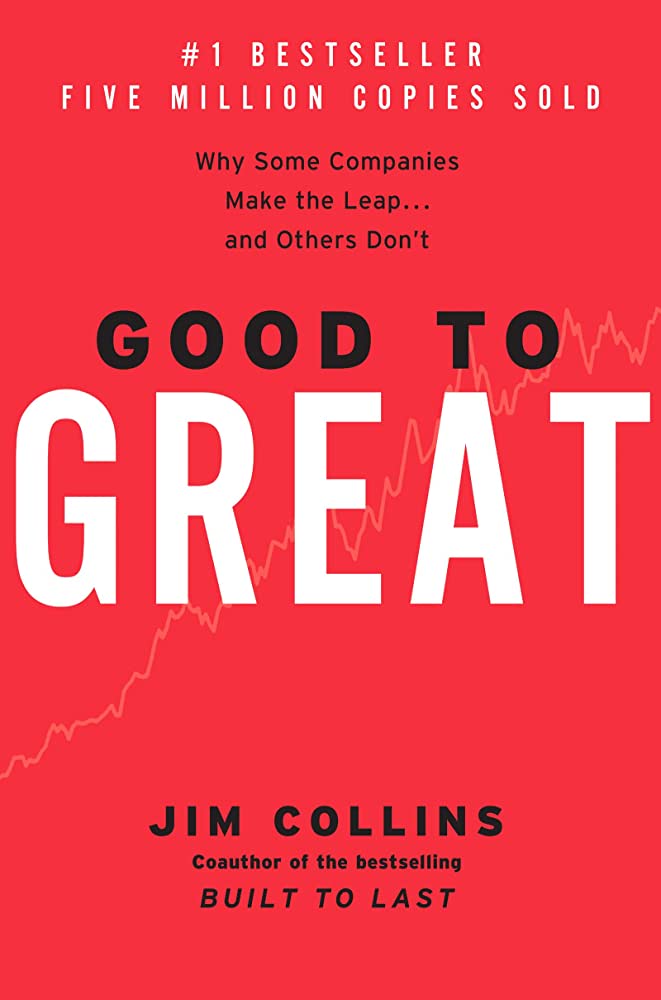How Customers Think: Essential Insights Into the Mind of the Market
RATING


In How Customers Think, the author begins with the premise that 80 percent of new offerings fail mainly because market research measures fail to adequately identify what customers want, since 95 percent of customer thinking happens in our unconscious.
“A great mismatch exists between the way consumers experience and think about their world and the methods marketers use to collect this information.” He proposes creative questioning that probes the unconscious values which influence consumer reactions to products and marketing campaigns. Areas covered to address these shortcomings include developing research questions which address the unconscious brain, metaphor elicitation, response latency and neuroimaging techniques, utilizing consensus maps and understanding how memory works. He also intersperses the technical with marketing campaign success stories.
The author draws on an extensive body of multidisciplinary research, such as using consensus maps (useful diagrams), many examples of understanding the cognitive unconscious, metaphor elicitation examples and understanding the consumer’s memory process. This is an extensive study of research techniques and understanding the consumer mind.
The book is at times a disorganized or a rambling array of market research techniques and subjects. The author moves from brand development to product development and service experience with little structure or methodology for application. It come across as overly academic at times, rather than a business or marketing book with clear methodology or structured applications. However, marketing executives or research types will find the wealth of techniques and examples compensate for these shortcomings.
How to unlock the hidden 95 percent of the customer’s mind that traditional marketing methods have never reached? This title provides practical synthesis of the cognitive sciences. Drawing heavily on psychology, neuroscience, sociology, and linguistics, Zaltman combines academic rigor with real-world results to offer highly accessible insights, based on his years of research and consulting work with large clients like Coca-Cola and Procter & Gamble. An all-new tool kit: Zaltman provides research tools – metaphor elicitation, response latency, and implicit association techniques, to name a few – that will be all-new to marketers and demonstrates how innovators can use these tools to get clues from the subconscious when developing new products and finding new solutions, long before competitors do.
This book offers many examples of tools which leading companies are using to help marketers “mine the unconscious.” Examples include developing research questions which speak to the unconscious brain, uncovering meaning through customer metaphors for use in brand communications or better measuring consumer reactions to marketing stimuli. The book will be of particular interest to marketing executives and market research professionals. For more on this subject, see the Senteo review for The Buying Brain.

This book provides extensive insight into how the customer thinks and how to go about measuring and understanding it. It does provide some suggestions for applying this theory and knowledge to things such as research techniques or developing research questions which speak to the unconscious, however it is rather light on any structured approach to application.
See content on this topic


Sales training for front line along with basic development and coaching principles for line management.
Understanding branding and communications from the standpoint of emotional engagement and building relevant and meaningful dialogue with customers.
This course covers a complete view of customer touch points (both physical and virtual) and a unique model for standardizing and managing customer contact models across channels including approaches for customer feedback, quality management, and migration.
Understand how the innovation process changes moving from functionality and channel design to a process focused on creating value for customers.
Experiential Branding & Communications – Improving Brand Integration Through Emotional Engagement.
This course covers a complete view of customer touch points (both physical and virtual) and a unique model for standardizing and managing customer contact models across channels.
Understand the value of a customer-oriented analytics package and how behavioral scenarios can be used to improve profitability through influencing behavior and usage.
To understand the principles of game dynamics and learn how to effectively use the elements of gamification in business: to involve customers, employees and contractors in the process.
Understanding branding and communications from the standpoint of emotional engagement and building relevant and meaningful dialogue with customers.
This course covers a complete view of customer touch points (both physical and virtual) and a unique model for standardizing and managing customer contact models across channels including approaches for customer feedback, quality management, and migration.
Experiential Branding & Communications – Improving Brand Integration Through Emotional Engagement.
This course covers a complete view of customer touch points (both physical and virtual) and a unique model for standardizing and managing customer contact models across channels.




 Copy Link
Copy Link
 E-mail
E-mail
 LinkedIn
LinkedIn
 Facebook
Facebook
 Telegram
Telegram
 WhatsApp
WhatsApp














 Go Back
Go Back
Leave a Reply
You must be logged in to post a comment.